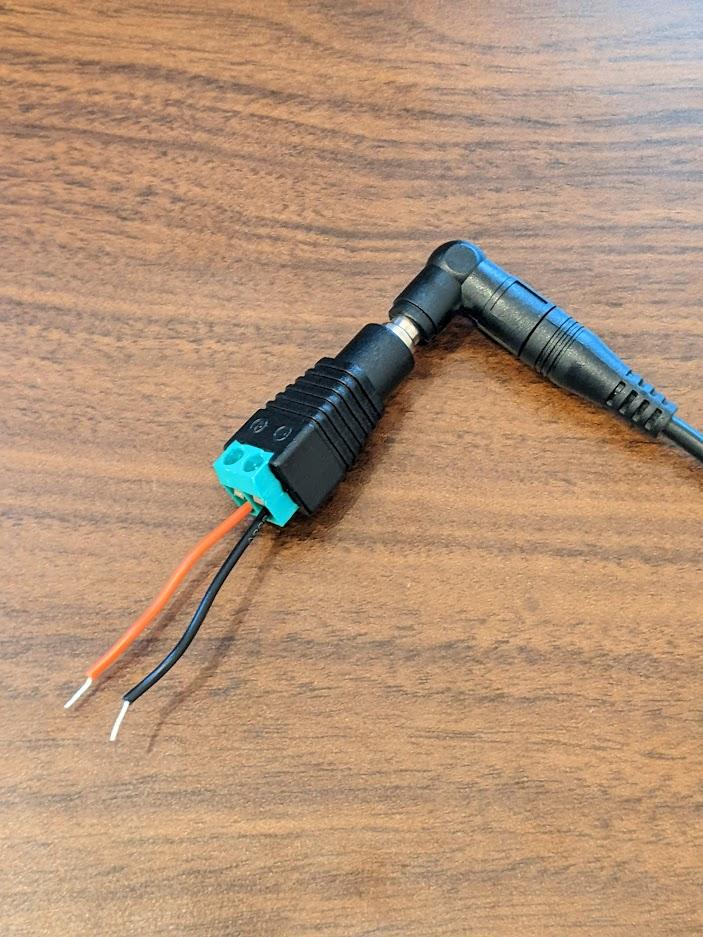These can be good. They're usually good.
You don't need to guess about quality.
You only need to consider the source, and look at the markings to see if it has the mark of an NRTL (Nationally Recognized Testing Lab, a list curated by USA OSHA which many countries rely on). The most common NRTL marks you encounter in North America are
There's really no problem finding listed Wall Wart power supplies, as the things are absolute commodities made in billion quantity, and the vast majority of units are sold to consumer electronics manufacturers like Philips or Linksys who need listed supplies. Listed ones are so common I'm surprised to see one that is not listed. Maybe it's the multi-voltage switch that is the problem. Whatever, get a single-voltage unit.
There are many, many ways to shortcut the design so one of the DC output pins is energized at AC line voltage or AC line neutral (which is line voltage if certain malfunctions occur). However, UL won't allow that on a listed unit.
And since the vast majority of wall warts are approved, it's understandable to assume they all are.
Not this one, though.
All NRTL marks are conspicuous in their absence from this one. What you see is the marks that are universally faked in the North American market, because there are no consequences for doing so when your boots are on a faraway territory of a nation that does not cooperate with mark enforcement.
- FCC. That is a self-certification that it complies with radio emissions rules, but self-certification is meaningless from overseas junk sellers, because the US agency FCC does not have the public funds to go on overseas adventures into uncooperative nations to defend their mark. *
- CE. This is a European self-certification of compliance with EU safety rules. But the EU also won't spend public funds chasing miscreants outside the EU, so the mark has no force outside the EU proper.
- RoHS. Ditto for EU electronic waste rules, e.g. use of lead-free solder.
- CCC. China's competitor to CE, that China doesn't enforce on goods destined for export.
Reputable suppliers help.
It is rare to see falsification of NRTL marks in the consumer space, because the Federal law that enables NRTLs requires them to legally defend their mark aggressively. However, it is not impossible for someone to sneak something out before UL notices, and that is where it helps to use reputable suppliers who have a chain of custody. I.E. the item was shipped from Philips' warehouse to Home Depot or Mouser's warehouse. Reputable bricks-and-mortar stores are almost always reliable product, as they have good chain of custody and are heavily focused-on by consumer protection agencies.
Direct-mail sites such as eBay or Amazon generally involve 3rd party sellers, and there is no chain of custody whatsoever. I don't see much risk of forged NRTL marks in the consumer space, but if it happens anywhere, it'll happen there.
* If I were the FCC, I would go after wholesalers and drop-shippers of this garbage, but I am not the FCC.


